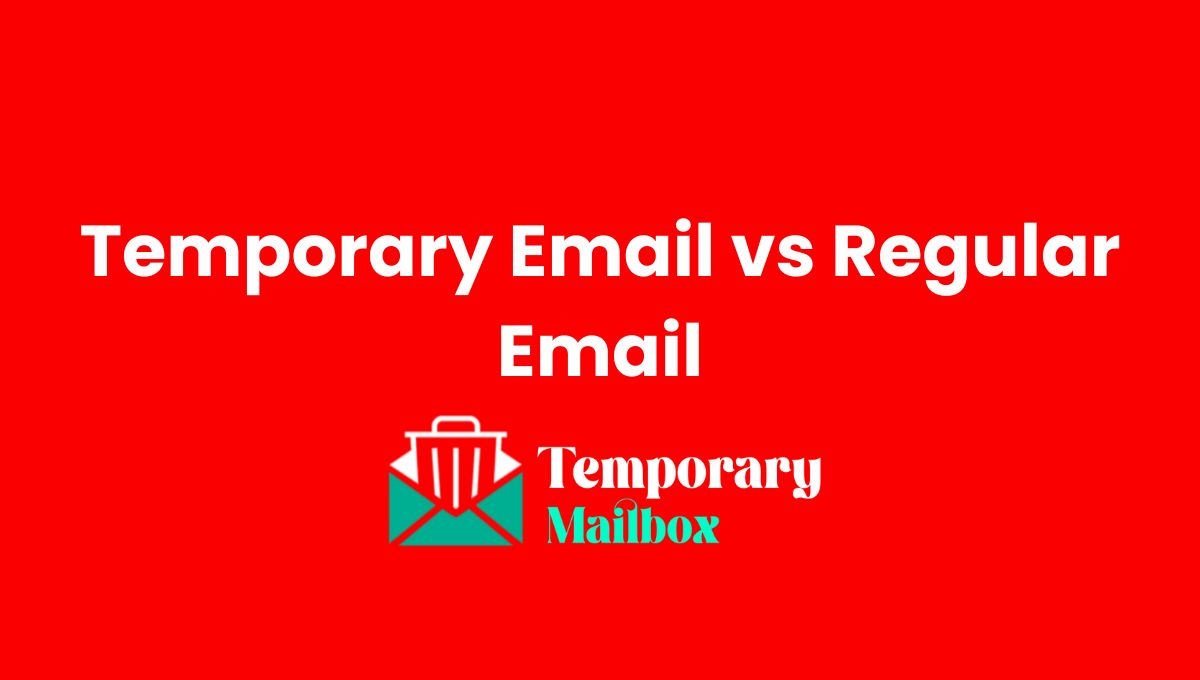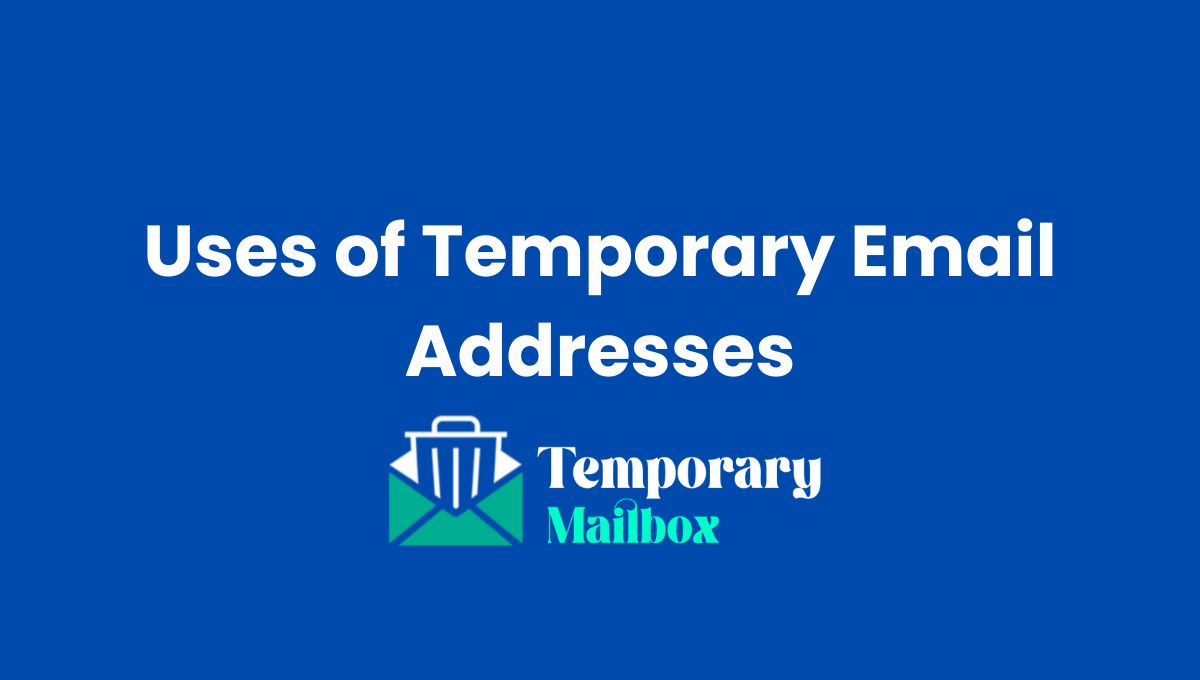In today’s digital world, email has become an essential tool for communication, registration, and online transactions. However, not all email addresses serve the same purpose. Temporary emails (also known as disposable emails) and regular permanent emails have distinct characteristics that make them suitable for different situations. Understanding their pros and cons can help you make an informed choice based on your needs, privacy concerns, and security requirements.
What is a Temporary Email?
A temporary email is a short-lived email address that allows you to receive messages for a limited period. Once the specified time expires, the email address and its inbox are automatically deleted. These emails are usually free and do not require personal information to create.
Temporary emails are often used for:
-
Signing up for websites without giving personal details.
-
Receiving verification codes or one-time offers.
-
Avoiding spam in your primary inbox.
What is a Regular Email?
A regular email is a permanent email account, usually associated with a personal or professional identity. Examples include Gmail, Yahoo Mail, Outlook, and corporate emails. Unlike temporary emails, regular emails are intended for ongoing communication, long-term correspondence, and account recovery purposes.
Regular emails are typically used for:
-
Personal and professional communication.
-
Online banking and official registrations.
-
Subscription services, newsletters, and long-term accounts.
Comparing Temporary and Regular Emails
1. Privacy
Temporary Email:
-
Provides a high level of anonymity. You don’t need to provide personal information to create it.
-
Protects your primary email from spam and unwanted marketing.
-
Ideal for online sign-ups or websites you don’t fully trust.
Regular Email:
-
Linked to your identity, personal information, and online profiles.
-
Can be tracked or targeted for marketing purposes.
-
Requires careful management of privacy settings to prevent spam or data leaks.
Winner: Temporary email for anonymity; regular email for trusted, long-term use.
2. Security
Temporary Email:
-
Generally secure against spam because it exists only for a short time.
-
Limited security features; some services may be vulnerable to hacking or phishing attacks.
-
Not suitable for sensitive information like banking or personal documents.
Regular Email:
-
Comes with strong security features, including two-factor authentication, encryption, and spam filters.
-
Essential for secure online accounts, financial transactions, and sensitive correspondence.
-
Requires vigilance against phishing attacks and password leaks.
Winner: Regular email for strong security; temporary email only for low-risk, disposable usage.
3. Longevity
Temporary Email:
-
Short lifespan, usually from 10 minutes to a few days.
-
All messages are deleted after expiration, so you cannot use it for ongoing communication.
-
Unsuitable for account recovery, subscriptions, or official correspondence.
Regular Email:
-
Permanent and reliable for long-term communication.
-
Can be used to recover accounts, receive important notifications, and maintain digital records.
-
Suitable for both personal and professional purposes.
Winner: Regular email for longevity and continuity.
4. Ease of Use
Temporary Email:
-
Quick to create and use; no registration required in most cases.
-
No setup or management needed after creation.
-
Limited features; usually only receives emails, sometimes allows forwarding.
Regular Email:
-
Requires account setup, including passwords and security questions.
-
Full-featured: send, receive, organize emails, attach files, and integrate with other services.
-
Requires ongoing management to maintain inbox and security.
Winner: Temporary email for simplicity; regular email for comprehensive features.
5. Spam Management
Temporary Email:
-
Excellent for avoiding spam in your main inbox.
-
Can be discarded once spam or unwanted emails start arriving.
Regular Email:
-
Filters and folders help manage spam, but some unwanted emails may still arrive.
-
Regular maintenance needed to keep the inbox organized.
Winner: Temporary email for hassle-free spam control.
When to Use Temporary Email
-
Signing up for websites or online trials you don’t fully trust.
-
Participating in online surveys, contests, or promotions.
-
Protecting your personal email from spam, trackers, or marketing campaigns.
When to Use Regular Email
-
Professional communication, job applications, and official correspondence.
-
Online banking, shopping, or any service requiring identity verification.
-
Subscriptions, newsletters, and account recovery purposes.
Conclusion
Both temporary and regular emails have their own advantages and drawbacks. Temporary emails excel in privacy, anonymity, and spam prevention but are short-lived and unsuitable for sensitive or long-term communication. Regular emails provide security, longevity, and full-featured functionality but require careful management to maintain privacy and prevent spam.
Choosing between the two depends on your goals: use temporary emails for disposable, low-risk tasks and regular emails for critical, ongoing, or sensitive communications. By understanding these differences, you can protect your privacy, reduce spam, and maintain secure, reliable communication online.




